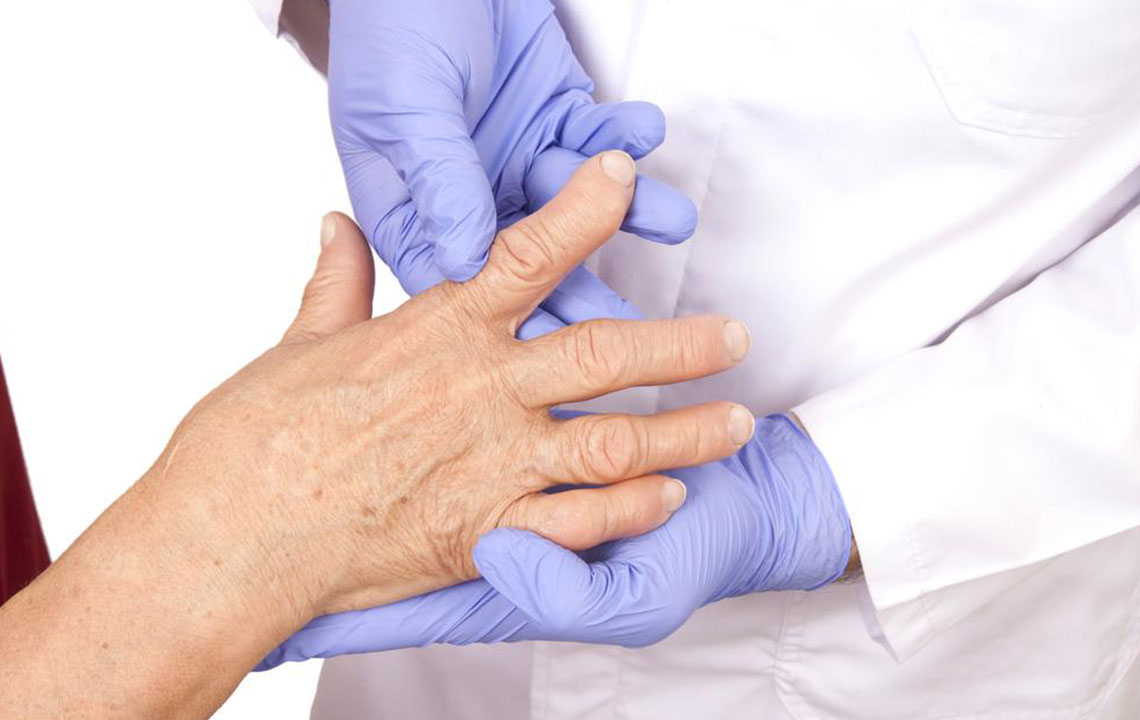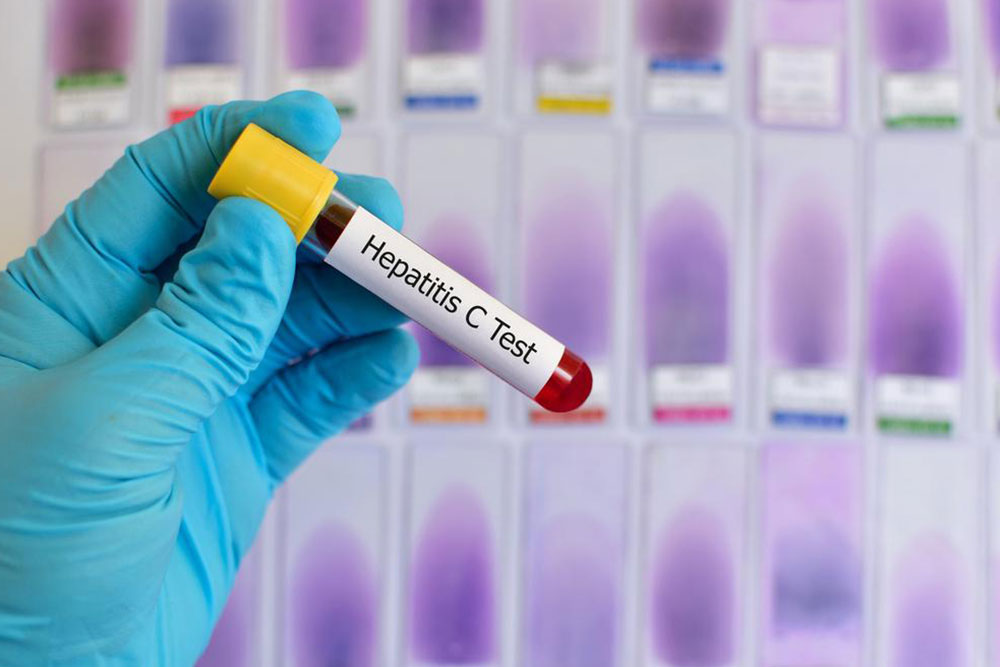Early Indicators of Rheumatoid Arthritis and How to Recognize Them
Learn to identify the early symptoms of rheumatoid arthritis to seek timely treatment. Recognizing signs like fatigue, morning stiffness, joint pain, and swelling can help prevent disease progression. This guide emphasizes early detection, symptom awareness, and the importance of consulting healthcare providers for effective management of rheumatoid arthritis.

Early Indicators of Rheumatoid Arthritis and How to Recognize Them
Rheumatoid arthritis is a chronic autoimmune condition that primarily targets joints, leading to the development of joint swelling, pain, and stiffness. It commonly affects the wrists and hands symmetrically and may also involve other organs such as the lungs and heart, as well as causing anemia. The initial symptoms tend to emerge gradually, often appearing as mild, intermittent discomfort that worsens over weeks or months.
Since symptoms vary among individuals, recognizing early signs is crucial for prompt treatment to prevent disease progression. Common early indicators include:
Fatigue
Persistent exhaustion is often the earliest subtle sign. Fatigue can be worsened by inflammation, anemia, sleep problems, or medication side effects, affecting mood and overall well-being and potentially leading to depression.
The severity and occurrence of fatigue differ from person to person.
Morning stiffness
Stiffness upon waking lasting several hours is characteristic of rheumatoid arthritis, whereas short-term stiffness may point to degenerative joint issues. The duration helps assess inflammation severity.
Burning sensation or numbness
Tingling or burning in the hands, often due to nerve compression from inflamed tendons, is an early sign. Joint cracking or squeaking may also occur from cartilage damage over time.
Low-grade fever
Mild fever accompanied by joint pain and inflammation can indicate early rheumatoid activity. Severe fevers above 100°F should prompt investigations for infections.
Joint stiffness
Especially in smaller joints like the fingers, stiffness can occur at any time, often starting gradually but potentially affecting multiple joints within days.
Joint pain
Discomfort during movement or rest, mainly in the wrists and fingers, is typical of early rheumatoid arthritis, often seen symmetrically.
Reduced joint mobility
Difficulty in bending or straightening joints results from inflammation-induced tissue damage and deformity.
Minimal swelling
Mild joint inflammation can cause swelling, making joints appear larger and warmer, which is an early detectable sign.
Other early symptoms include:
Sleep disturbances
Weight loss
Reduced appetite
Dry mouth
General malaise
Eye irritation or dryness
Subcutaneous nodules
Pain during breathing
If any of these signs are observed, consult a healthcare professional promptly. Early diagnosis and treatment can significantly mitigate the impact of rheumatoid arthritis on the body.










